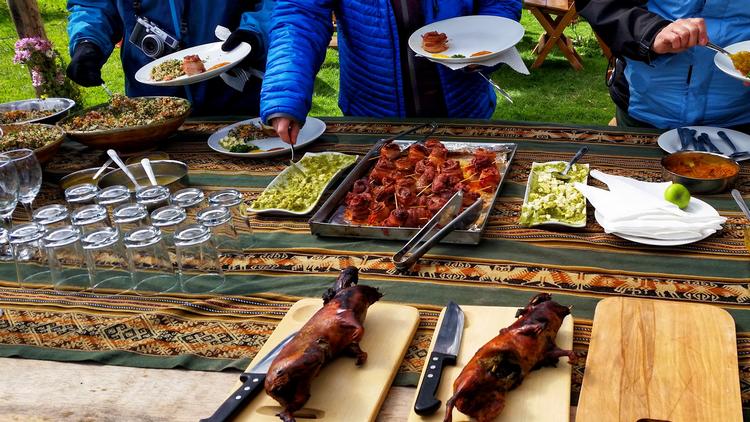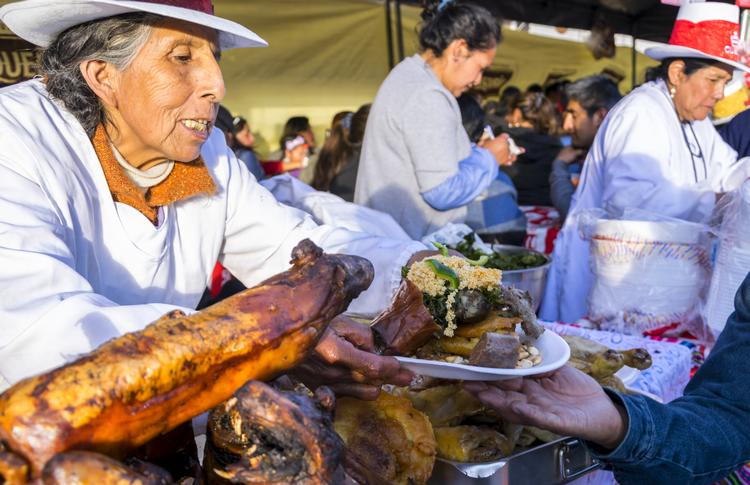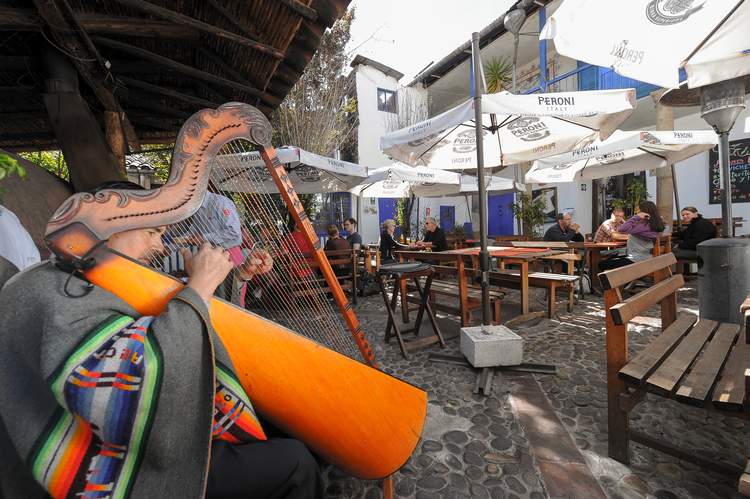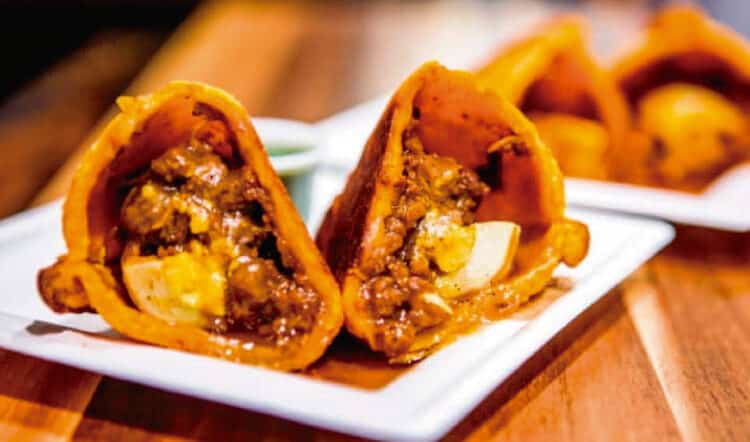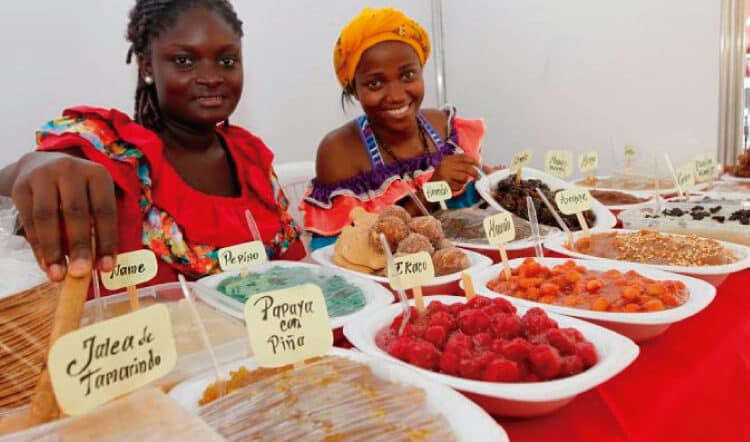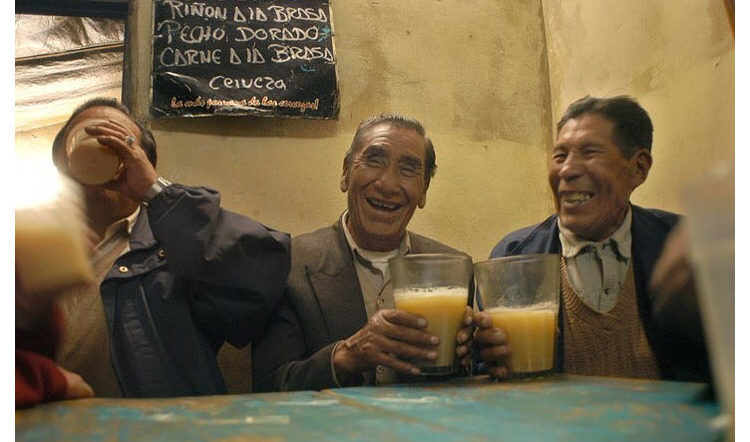On your personalized trip to Peru, you may suddenly find yourself up against one of the inevitable cultural clashes that arises when you visit a new country. The clash I’m referring to is over eating guinea pigs, or as they are known in Peru, cuy (“koo-yee”). Some may find it disconcerting to realize that in Peru, guinea pigs are raised not as pets, but for food.
Perhaps it will help to broaden our horizons during our Peru luxury tour, if we contemplate the randomness of what is culturally acceptable. It’s not uncommon to eat lamb or rabbit in North America. Yet, for many of us, eating those animals seems more acceptable than the practice of eating fluffy guinea pigs. It may be interesting to question why we may feel that some types of meat are more acceptable to consume than others. And, while visiting Peru, some may find themselves “cuy-curious”, and wonder how cuy tastes, where to find the right restaurant to try it, and the best techniques to use when munching on a cuy.
Cuy are typically prepared whole – roasted or fried. Another cultural taboo breached, as your cuy will almost certainly arrive at your table in recognizable form, with his head still attached. This is in contrast to North America, where our meat is normally served to us in mince, filets, or chops, the less recognizable, the better.
Not so here! You will know you are eating an animal. And it will be lovingly rubbed inside and out with Andean herbs and spices, such as huacatay (an Andean mint used in cooking) and cumin, and surrounded by typical side dishes such as potatoes, corn, and hard-boiled eggs. A holiday dish known as Chiriuchu, consists of a bit of everything edible, including cuy, lamb, potatoes, sausage, chicken, cheese, fish roe, seaweed, and torrejas, (savory pancakes). This is typically served during the feast of Corpus Christi, which takes place in June.
Cuy are normally picked up and eaten with the hands, so don’t be fussy!! It’s easiest to start with the meatiest parts of the animal, the thigh and drumstick. Cuy is dark meat similar in flavor to rabbit or duck. You use your fingers to pick out the bits of meat between the bones, and depending on how involved you want to get, you can eat around the neck, head (including brain), abdomen (liver), and paws of the animal.
Here are a few restaurants where you can try cuy on your personalized trip to Peru:
Pachapapa, located on Plaza San Blas in Cusco, tends to be crowded, so best to make a reservation. This restaurant serves typical Peruvian food, including wood-fired cuy al horno, which is worth the 45-minute wait. Presented artfully with great ceremony, and with a pause for photos. The waiter will cut the cuy up on request to make it easier to eat.
Kusikuy, located on Calle Armargura, is known for its outstanding cuy al horno. The cuy is beautifully presented and surrounded by typical Andean vegetables, including Cusco Giant Corn, rocoto relleno (deep-fried stuffed pepper, Andean style) and Peruvian potatoes. A great typical restaurant to visit during your personalized trip to Peru.
For a more typical Cusqueñan experience, try Cuyeria “Sol Moqueguano,” where you will find more locals than tourists on any given day. Said to have the best cuy in Cusco, this restaurant serves both wood-fire roasted cuy al horno and fried cuy chactado, which is typically crispy skinned with firm juicy meat. Although located in the Santiago district, it is a bit out of the way from the city center. The prices here are local prices, so less expensive than the above options.
Here’s to experimentation and adventurousness, as you try exciting and unfamiliar dishes like cuy on your personalized trip to Peru.

